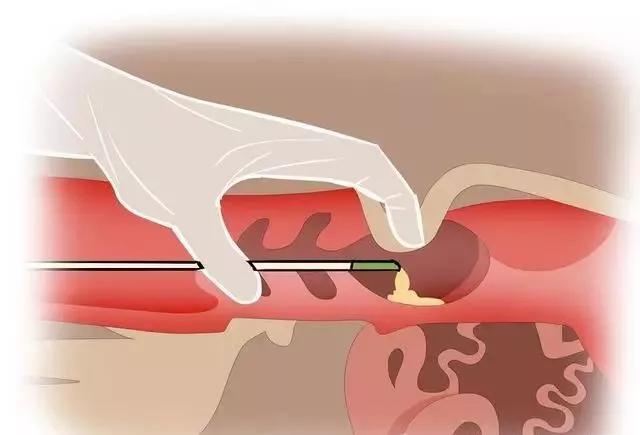When choosing sheep for breeding, performance records (if any) are usually more valuable than animal appearances. You cannot tell the production capacity of a ewe by observing it with a B-ultrasound machine. You cannot evaluate the survival ability of male offspring by observing him.
There are three types of production records in sheep production: farm performance testing, central performance testing, and cross population EBV. Any sheep farm can keep farm performance records. All that is needed is some form of individual animal identification, record books, and scales. Birth date and weaning weight should be recorded.
The analysis of weaning weight using a B-ultrasound machine for sheep should be corrected to a common age and adjusted according to birth type, feeding type, and dam age. Otherwise, lambs with environmental advantages rather than genetic advantages will be favored in the selection process: early maturing lambs, lambs raised by single and mature ewes.
It is recommended to choose lambs with * * * weight for adjusting weaning weight and dams with * * * weight for sheep using B-ultrasound machines. At least, apart from the disadvantage of having multiple births in the production environment, ewe lambs born from twins and triplets should be preserved for reproduction.
Sheep B-ultrasound machine
Central performance testing involves bringing male viruses from different chicken flocks to a central location for performance recording. In the central performance test, the differences observed between rams using B-ultrasound were considered more likely to be due to genetic differences, which will be passed on to the next generation of offspring rather than environmental differences that will not be passed on. Central performance testing is an ideal place to purchase rams for raising lambs in the market. The characteristics of a mother are difficult to assess and require years of performance record preservation.
EBV is the abbreviation for ë xpected Reed VALUE. EBV is an estimate of the genetic value of animals that will be passed on to their offspring. For example, if the parents of a lamb have an EBV of+2 pounds. For weaning weight, this means the lamb will be 2 pounds. On average, it is heavier than the average value of the variety. EBV is calculated based on various growth, pregnancy, fitness, wool, and carcass characteristics. They are a precise cross group comparison method for sheep using ultrasound.
In the United States, EBV can be obtained through the National Sheep Improvement Program (NSIP). The data was processed by LambPlan in Australia. New Zealand, Canada, and the UK have similar performance tests and father reference plans.
Sheep with performance records are more valuable than sheep without performance. Every effort should be made to purchase sheep, especially rams, and provide some performance records. Animals used for performance testing should have higher prices.








